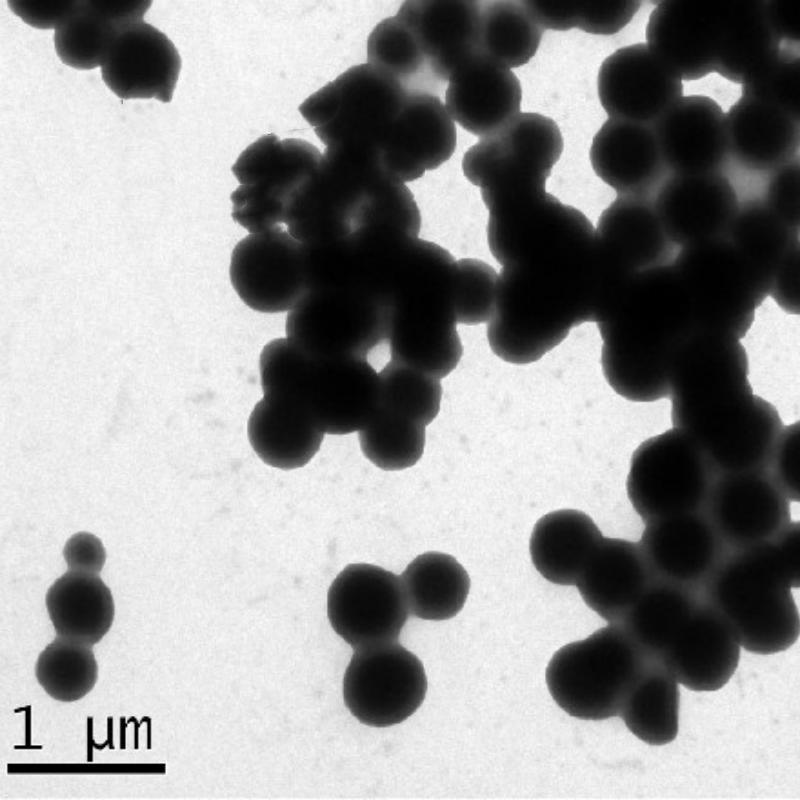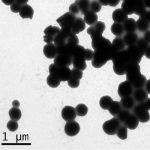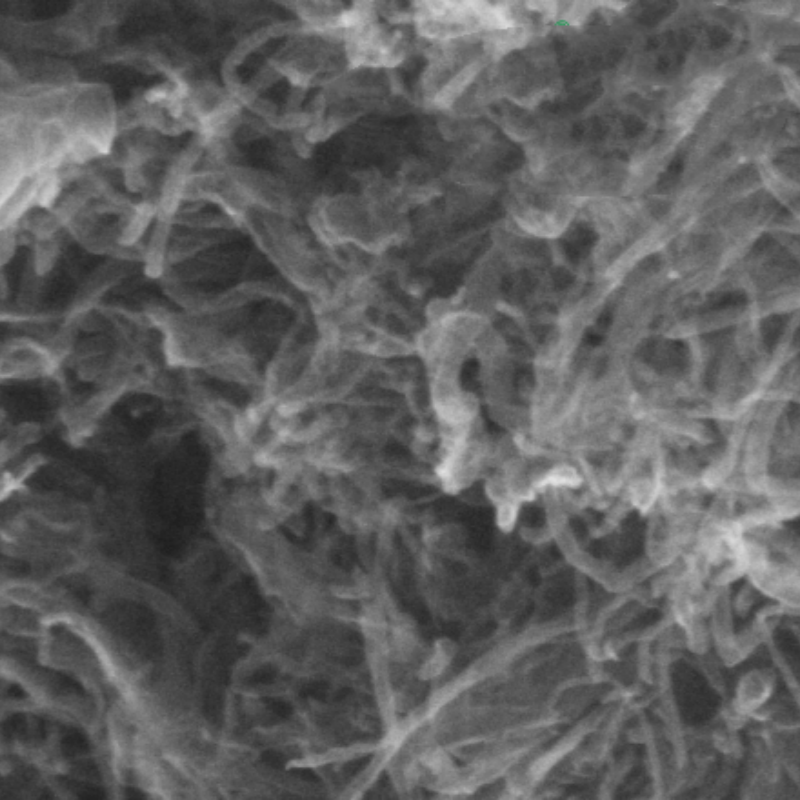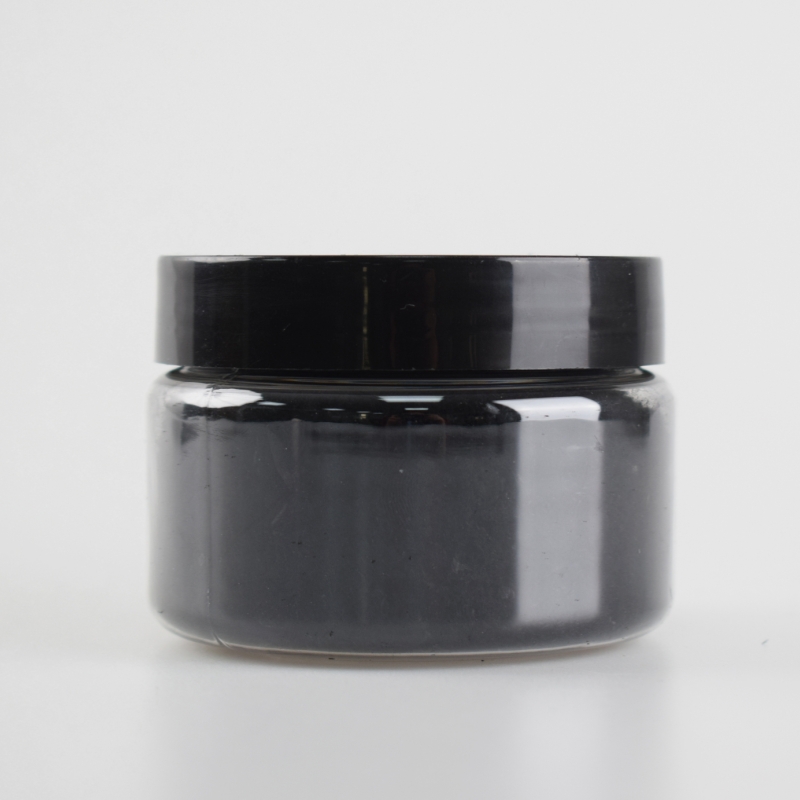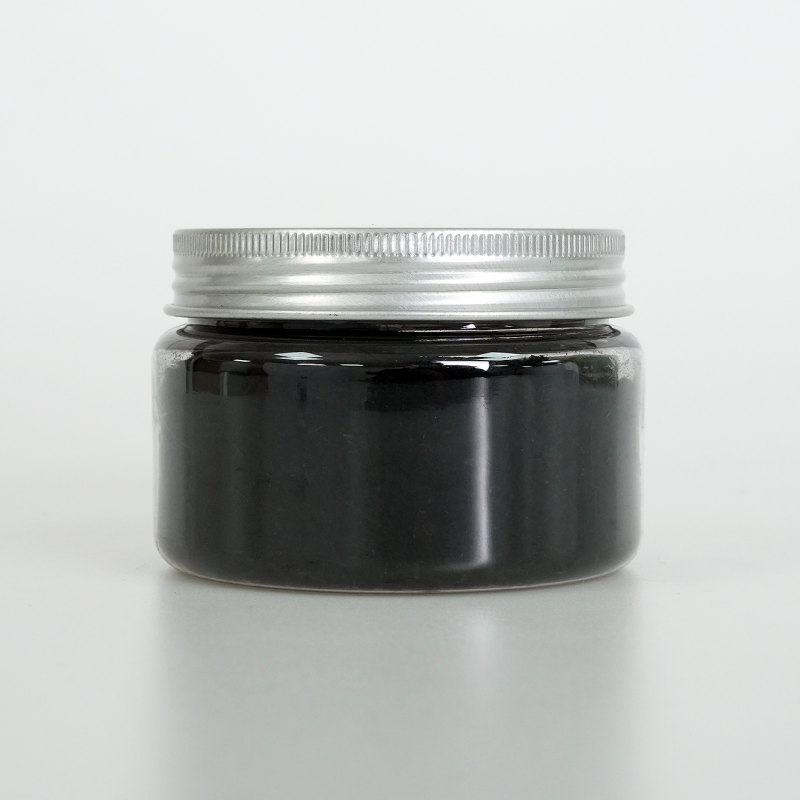Silica-coated magnetic nanoparticle dispersions offer optimized stability, superior magnetic responsiveness, and enhanced biocompatibility. Designed for advanced applications, they ensure efficient dispersion, extended durability, and high-performance adaptability.
Product Overview
Silica-coated magnetic nanoparticles consist of a magnetite (Fe₃O₄) core and a silica (SiO₂) shell. These particles exhibit excellent biocompatibility and stability. The silica shell protects the magnetic core from oxidation, enhancing the stability of the particles in biological systems. They are especially valuable in the biomedical field, where they are used for targeted drug delivery, magnetic resonance imaging (MRI) contrast enhancement, and biomolecule separation and enrichment. The unique core-shell structure provides multifunctionality, enabling applications in drug delivery, imaging, therapy, and more.
Product Features
- Biocompatibility: The silica shell provides excellent biocompatibility, minimizing the potential toxicity of the particles to biological systems.
- Stability: The silica shell protects the core from oxidation and corrosion, improving particle stability.
- Easy Functionalization: The silanol (Si-OH) groups on the surface of the silica shell facilitate easy surface modification, enabling the attachment of drugs, fluorescent markers, targeting ligands, and other functional molecules.
- Good Dispersibility: The particles exhibit enhanced dispersibility in both aqueous and organic solvents, reducing aggregation.
- Multifunctionality: The nanoparticles can be functionalized with various molecules to support a wide range of biomedical applications, including drug delivery, imaging, and therapy.
Applications
- Targeted Drug Delivery: Silica-coated magnetic nanoparticles can serve as drug carriers, delivering drugs directly to diseased sites under the influence of an external magnetic field, particularly useful for targeted cancer therapy.
- Magnetic Hyperthermia: The particles can generate heat when exposed to an external magnetic field, providing an effective method for killing tumor cells, complementing traditional treatments like surgery, chemotherapy, and radiation therapy.
- MRI Contrast Agents: The superparamagnetic properties of the particles enhance MRI imaging, improving clarity and contrast.
- Biomolecule Separation and Enrichment: The particles are used to rapidly separate and enrich specific biomolecules from biological samples, making them ideal for proteomics and other research applications.
- Biosensing: The magnetic properties of the nanoparticles are leveraged to develop biosensors for monitoring biological molecule interactions.
- Tissue Engineering: The particles can carry bone tissue regeneration materials, promoting osteogenic differentiation, and are widely used in tissue engineering research.
| Item | Parameter |
| Concentration | 1 mg/mL |
| Core Diameter | 150-500 nm (TEM) |
| Particle Diameter | 200-600 nm (TEM) |
| Appearance | Brown liquid |
| Solvent | Water |
| Material Composition | Fe₃O₄ (core) @ SiO₂ (shell) |
 new material
new material

